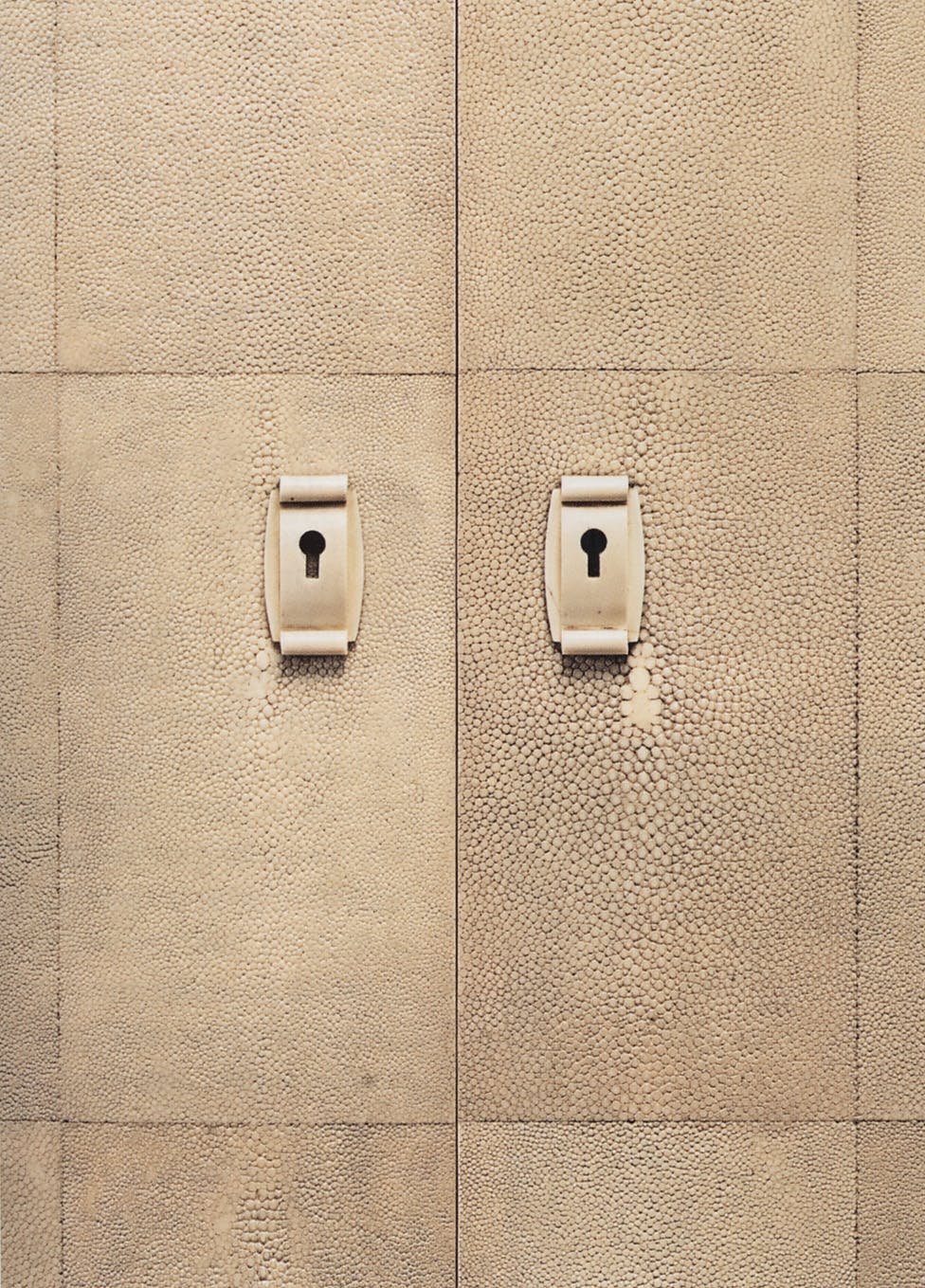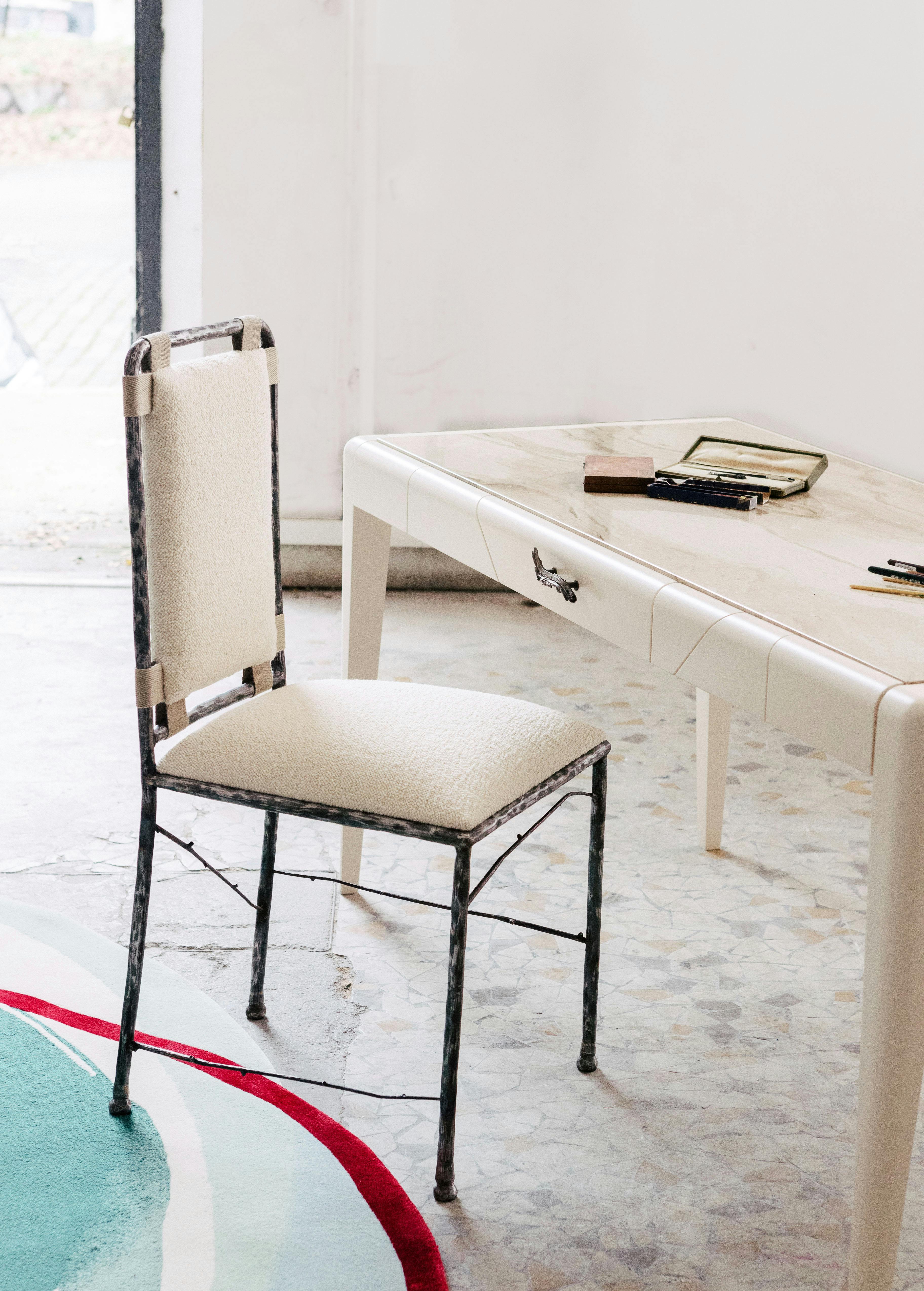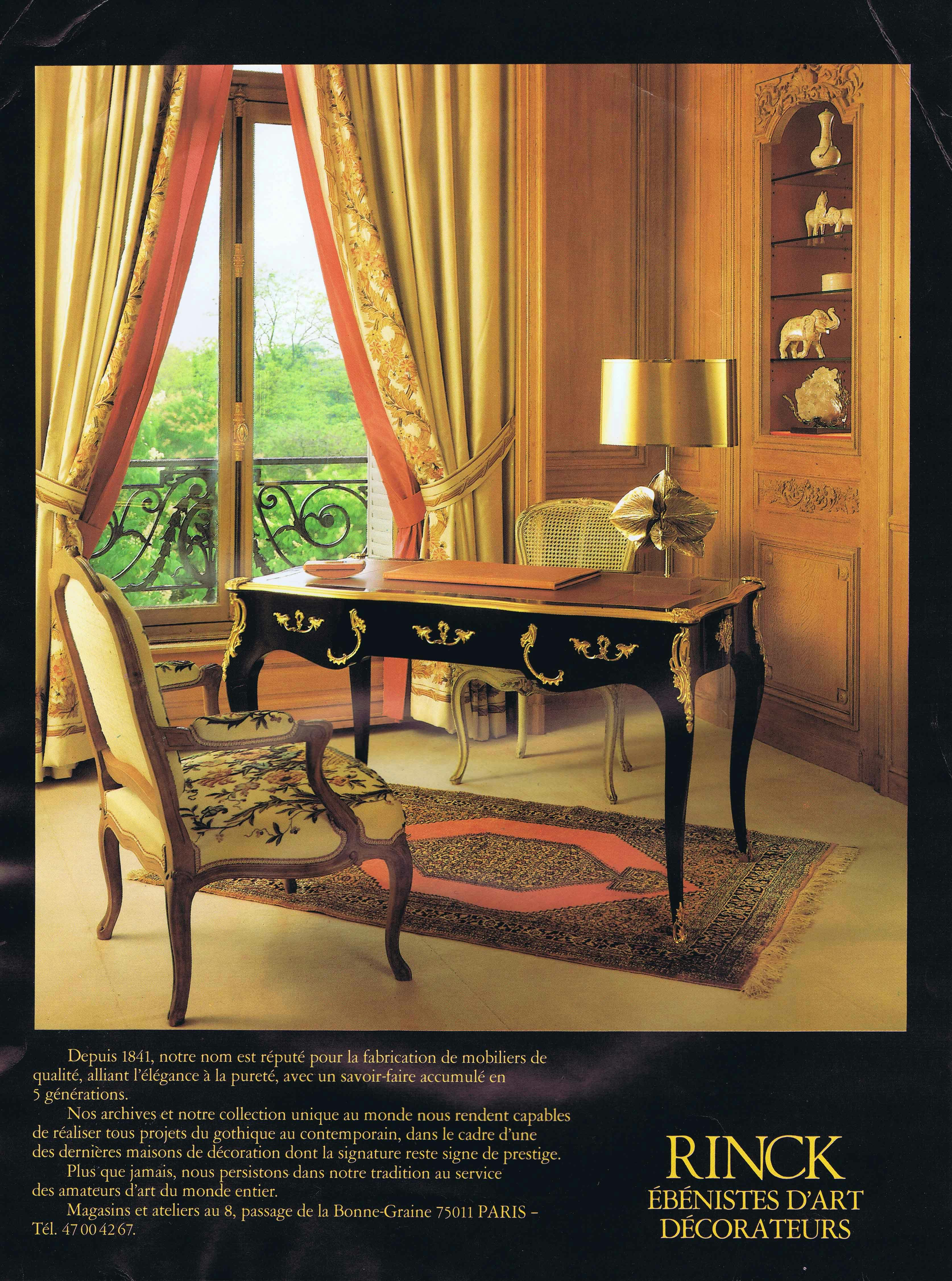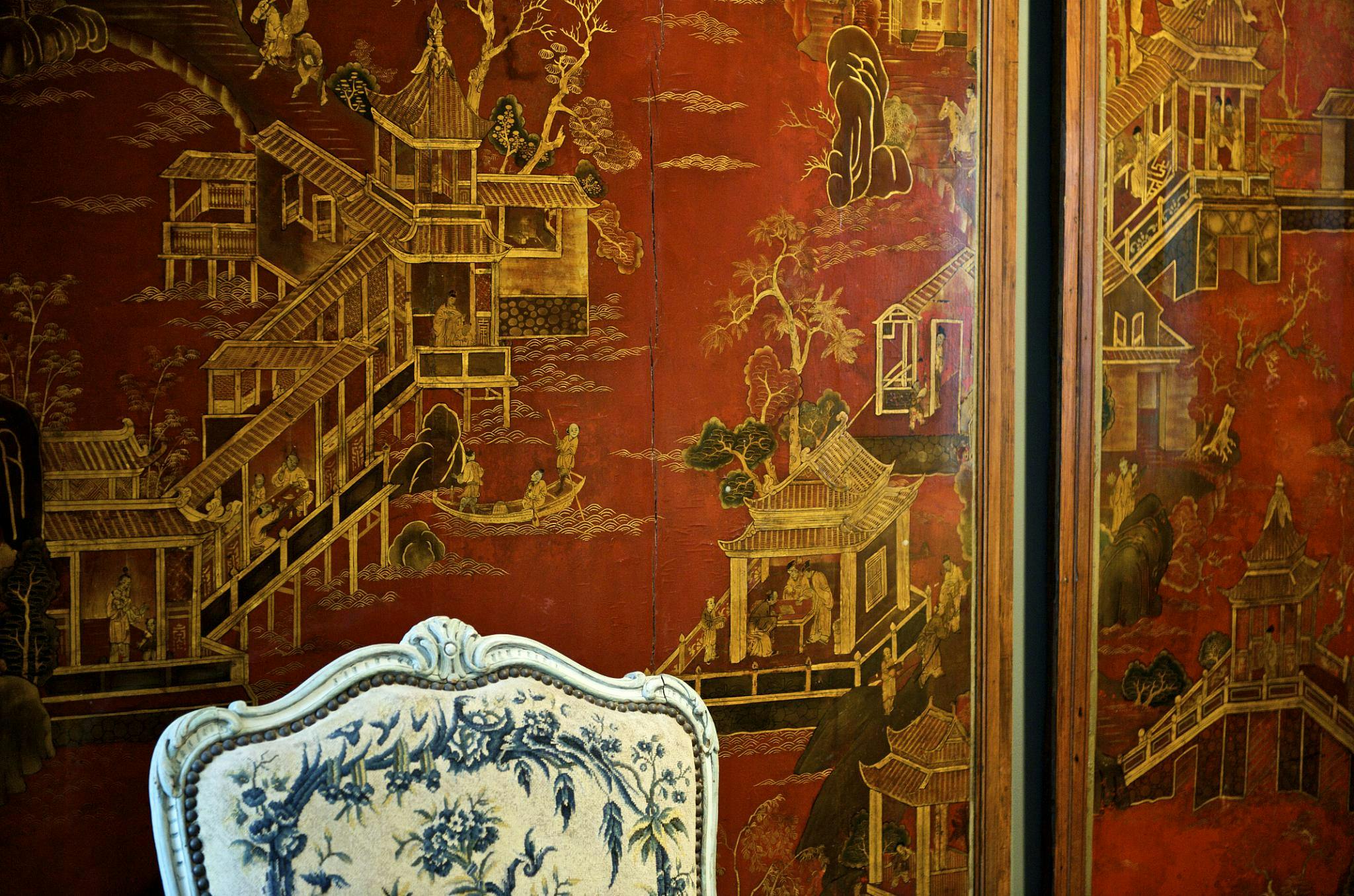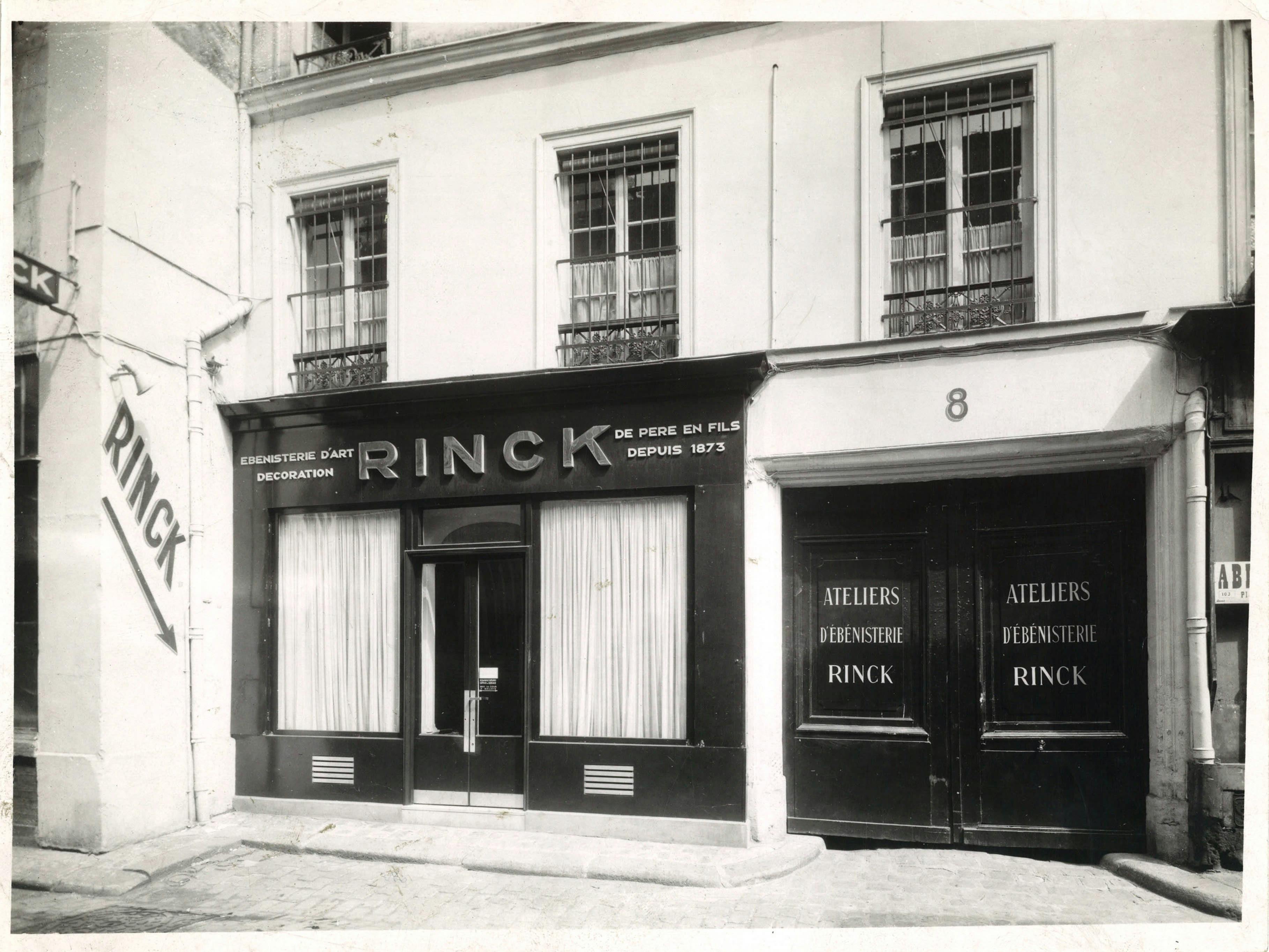The History of chinoiseries in France - Part III
At the dawn of the French Revolution, the chinoiseries décor trend, already quite battered by the neoclassicism of the Louis XVI style, was on the verge of vanishing completely with the last glimmers of lavish 18th-century pomp. Chinese-style ornamentation was the hallmark of a bygone era, a period of splendor and nonchalance come to be seen as decadent, with chinoiseries hereafter considered vulgar, ostentatious, and passé. Fashions now called for an imitation of Greek and Roman antiquity, viewed as the epitome of republican virtue. The Directoire style advocated simplicity and sobriety.
